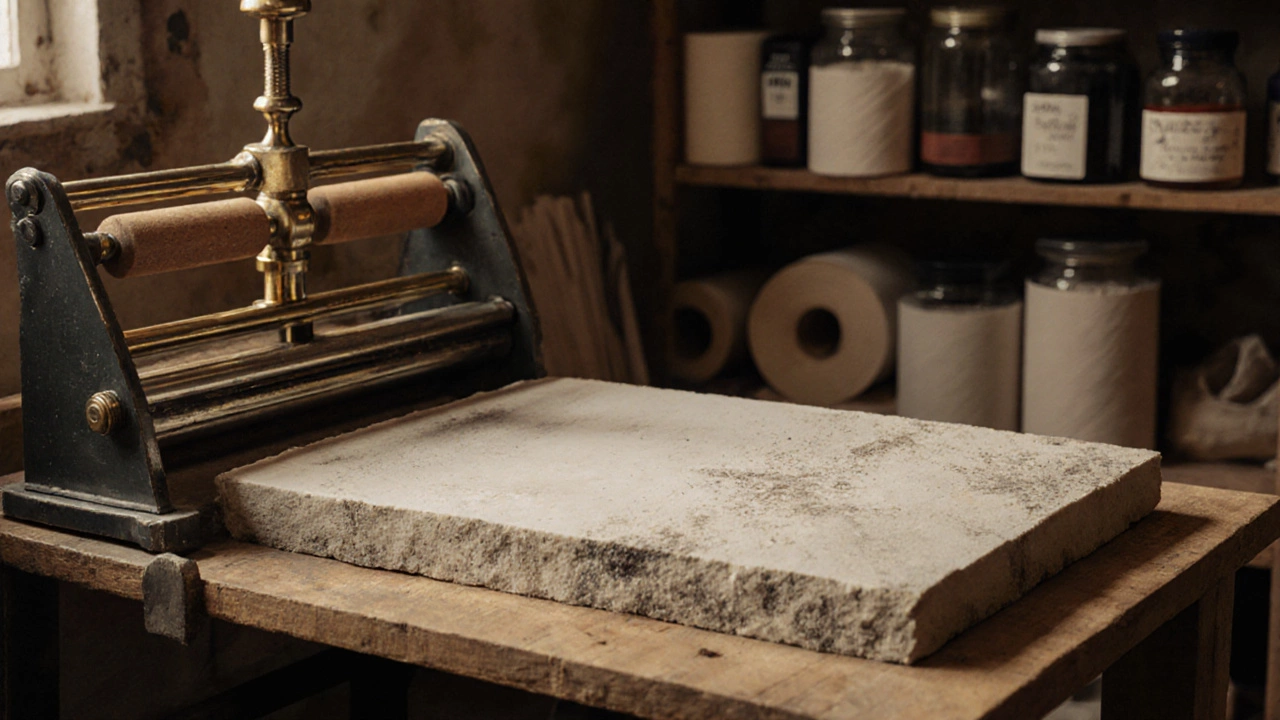Art Print Authentication: Verify Provenance, Certificates & Forensic Techniques
When dealing with Art Print Authentication, the process of confirming that a printed artwork is genuine and matches the artist’s original intent. Also known as print verification, it helps buyers avoid fakes and ensures the value of a piece is protected. A core part of this process is Provenance, the documented history of ownership that traces a work back to the artist or the original publisher. Provenance verification provides the first line of defense against counterfeit prints because without a clear ownership trail, even a high‑quality reproduction can be misleading. In practice, collectors compare gallery invoices, artist statements, and exhibition records to build a reliable chain of custody. Establishing solid provenance also boosts confidence when a Certificate of Authenticity, a signed document issued by the artist or a reputable studio confirming the print’s legitimacy is presented. Together, provenance and certificates create a trustworthy narrative that supports the artwork’s market value.
The technical side of art print authentication leans heavily on Forensic Analysis, scientific testing methods such as ink composition, paper fiber examination, and UV light inspection. These tests can reveal whether the materials match the era and techniques used by the artist. For example, a print claimed to be from the 1970s should not contain modern polymer inks that only appeared in the 2000s. Another vital factor is the nature of Limited Edition Prints, runs that are numbered and signed, often with a predefined size and paper type. Knowing the exact edition size helps spot duplicates; if a print is numbered “25/100” but the artist only released 50 copies, the discrepancy raises a red flag. When forensic evidence aligns with the documented provenance and the edition details, the authentication process becomes robust, reducing the risk of buying a replica. Galleries and auction houses typically combine these approaches—document review, scientific testing, and edition verification—to provide buyers with a comprehensive authenticity report.
In everyday practice, start by asking for the full ownership history and any certificates that accompanied the work. Request a high‑resolution image of the print’s texture and compare it against known authentic examples on reputable databases. If doubts remain, consult a specialist who can run forensic tests on the ink and paper. This layered strategy—provenance, certificates, forensic analysis, and edition checks—covers the main pillars of Art Print Authentication and equips you with the confidence to make informed purchases. Below you’ll find a curated selection of articles that dive deeper into each of these topics, from step‑by‑step guides on reading certificates to case studies of successful authentication investigations.
